Autumn is a great time to start getting your home ready for the winter months. Preparing now will reduce energy consumption, keep you warmer, and save you money during the chilly season. Here are a few effective ways to ready your home:
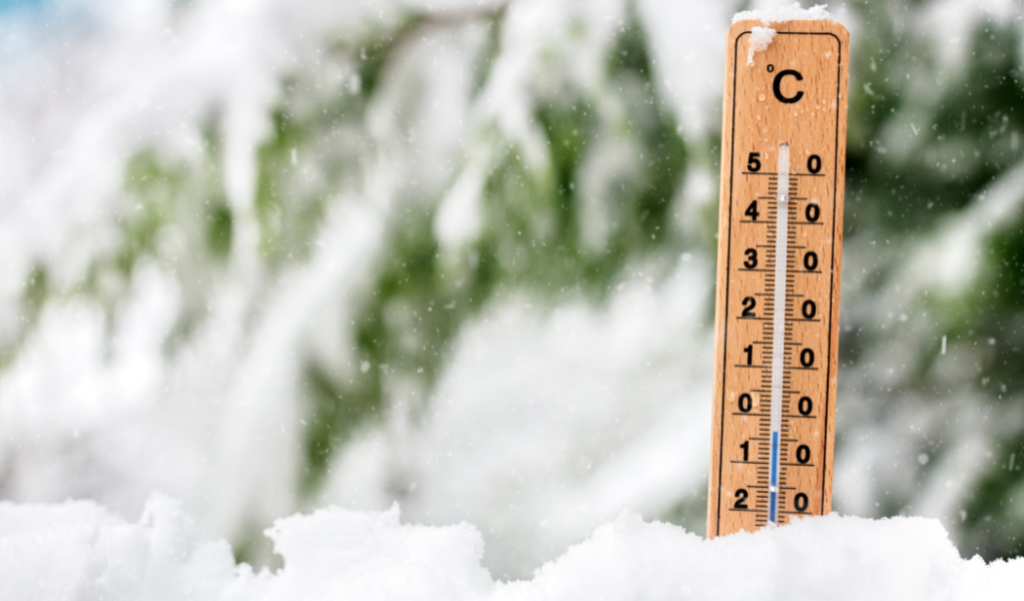
Change your HVAC filters regularly. Filters clogged with pet hair, dander, dust, and pollen cause the system to work harder. Obstructed filters lead to higher energy bills and power consumption. Read more about preparing your HVAC for winter.
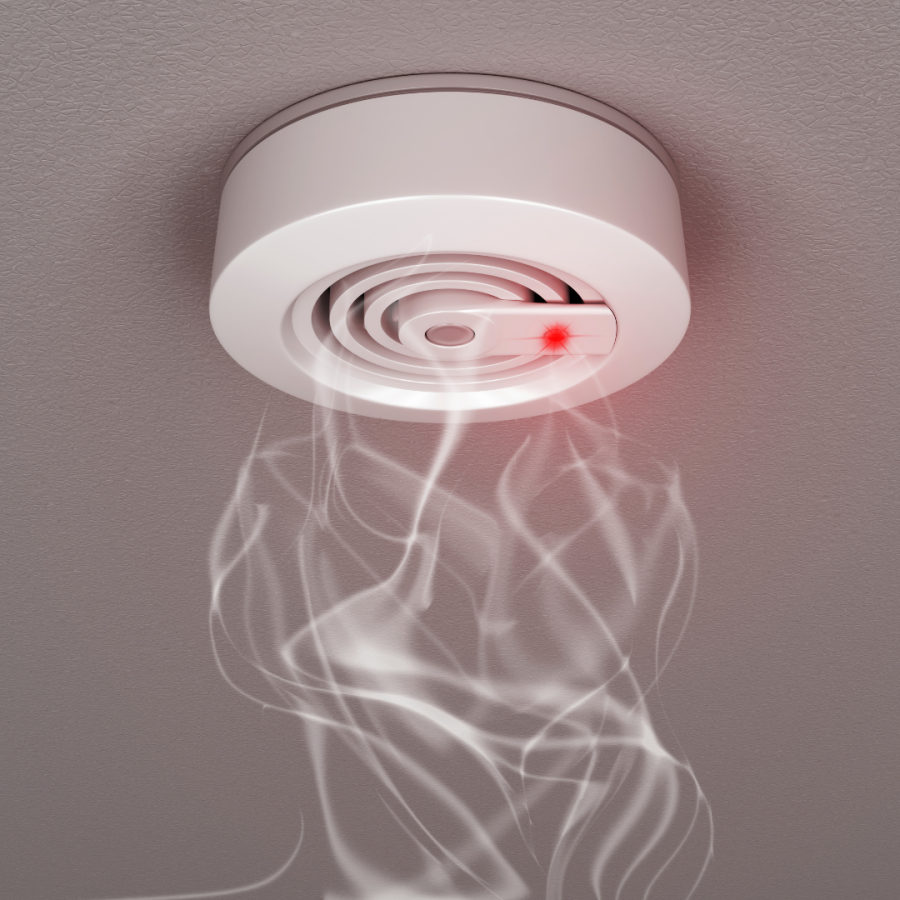
There is a greater chance of house fires in the winter months. Be sure to test your smoke, fire, and carbon monoxide detectors to ensure they are working and have fresh batteries.
Reversing your fan will help circulate warmer air. Many ceiling fans have a switch on one side that will reverse the blade direction. In the winter, changing the blades to spin in a clockwise direction will force warm air near the ceiling down into the living space.
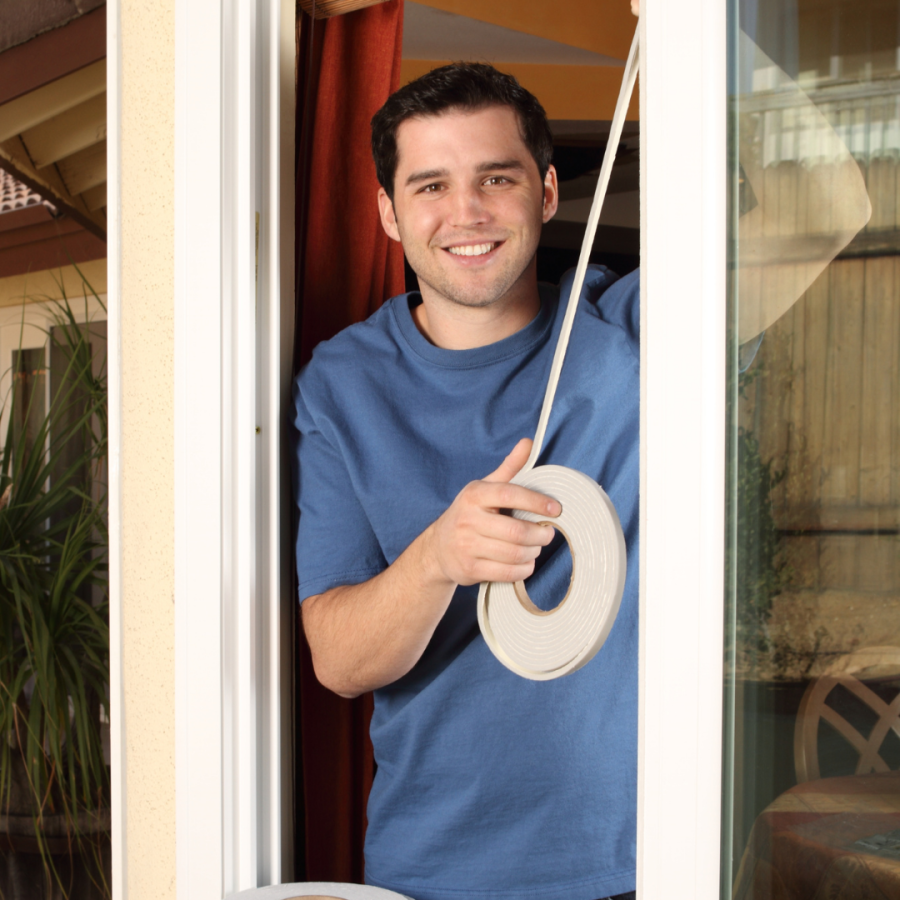
Check the exterior of your home for cracks and small holes, particularly around doors and windows. These can be sealed with caulk or weather stripping to reduce the amount of air that is transferred from one side of your house to the other.
Want to try an unconventional way to seal in the heat? Try pool noodles! These foam noodles are perfect for an under-the-door draft blocker. Grab a noodle, cut it in half, and place both pieces in a pillowcase on each side of the door. Secure the fabric with a safety pin to keep the noodle from sliding too far and you’ve got a draft blocker that slides easily when the door opens and shuts.
Keep your house warm by ensuring you have proper insulation. A quick way to survey your levels: if the insulation is below the attic floor joists (wooden planks), you probably need more insulation. Wanting a more thorough evaluation? Many companies offer free energy home audits.
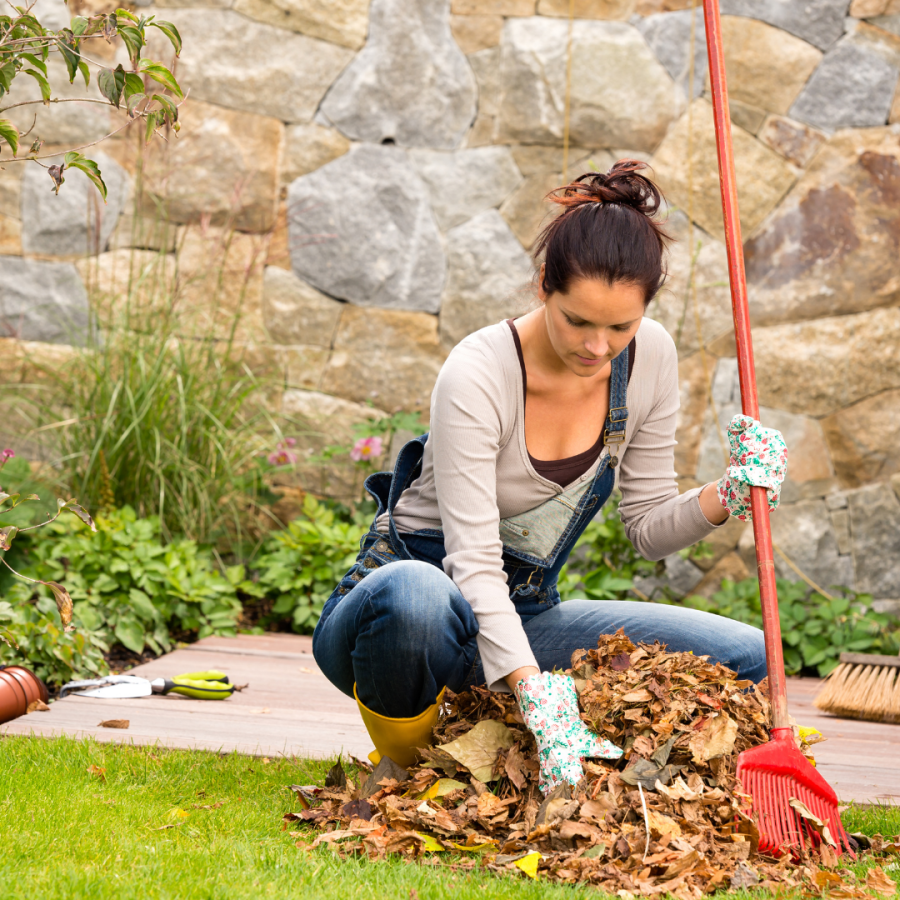
Take advantage of the cooler fall temperatures and knock out some necessary yard work. If you have any branches near your house, now’s the time to trim them. Ice coated branches against your exteriors or windows can be extremely damaging. Also, don’t forget to rake those leaves! Excessive leaf matter will smother the grass, likely inhibiting growth in the spring. Not sure what to do with those leaves? See lots of ideas here.
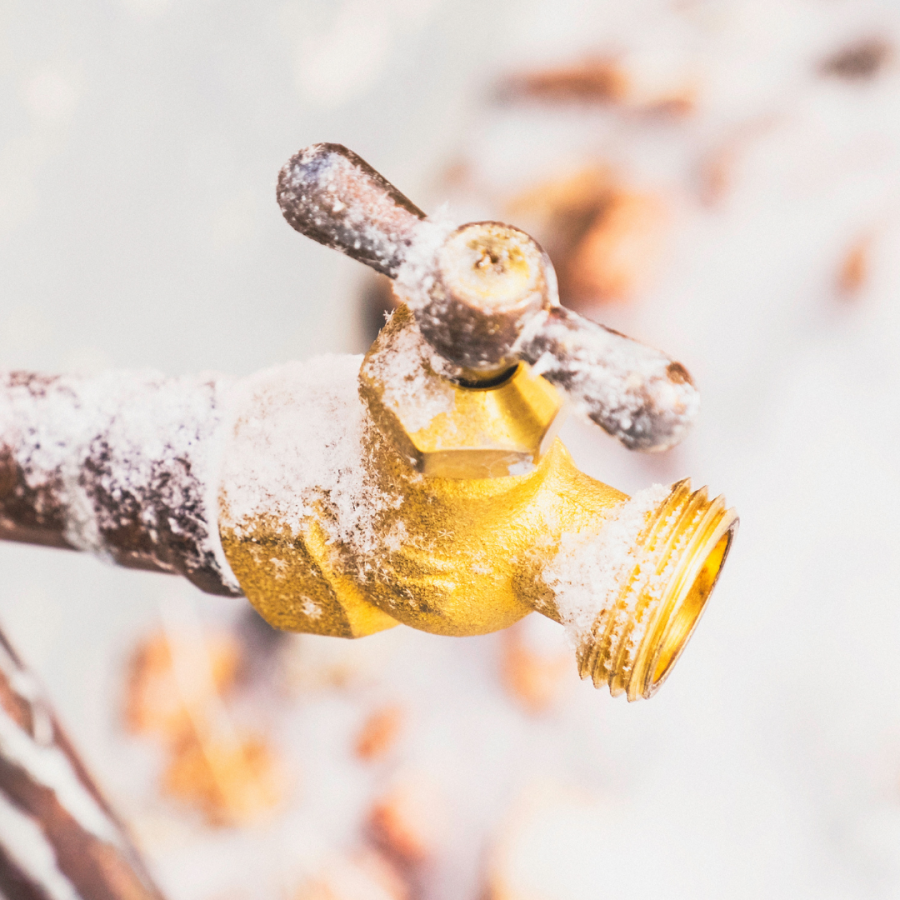
While you’re at it, disconnect outdoor hoses and cover any outside faucets to help prevent damage to pipework. Foam covers start at $5 and can save you hundreds of dollars in the long run. Also, make sure your sprinkler system is shut down. Use this step-by-step video to prepare your irrigation systm for winter.
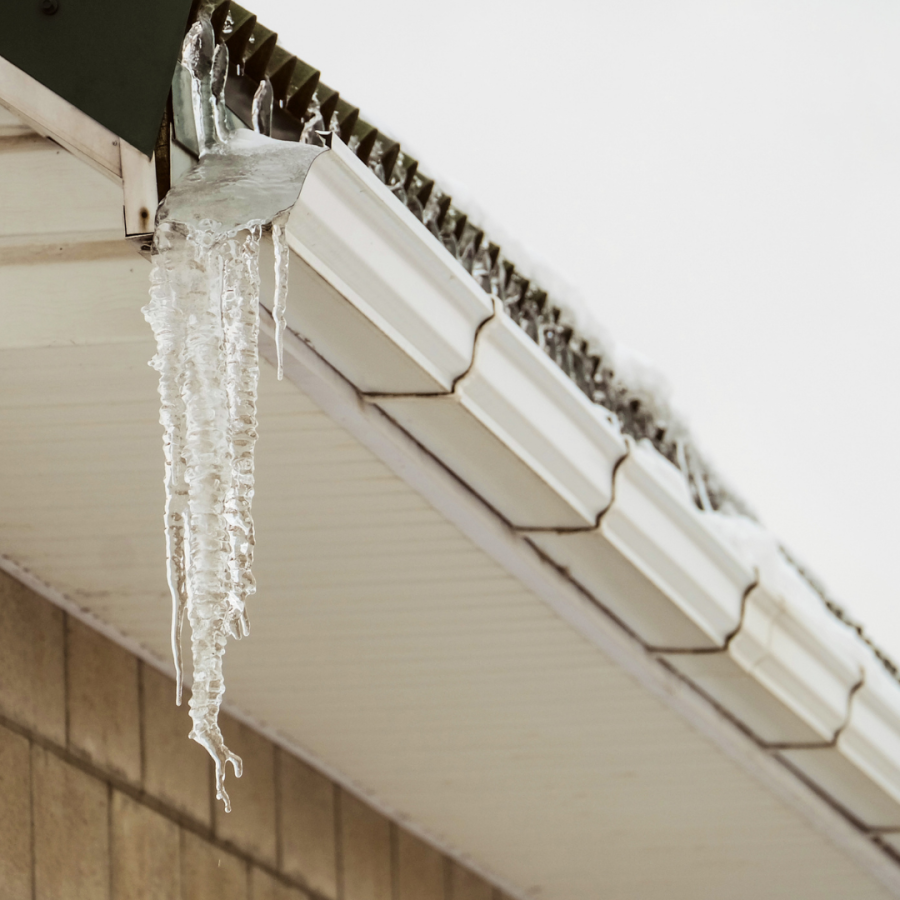
Gutters full of leave, debris, and water can freeze, causing damage to your gutter system and home. Gutters are not designed to hold additional weight which will lead to them pulling away from the home, coming completely loose, or causing gutters to ultimately fall.
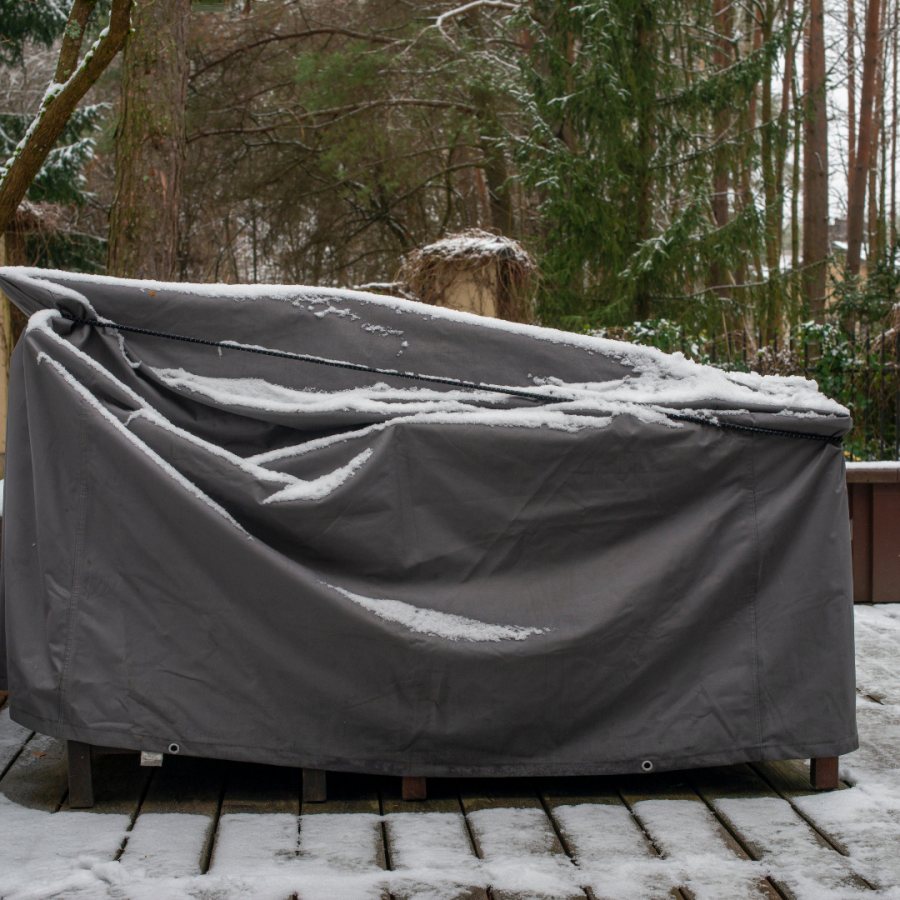
Outdoor furniture, barbecue pits, and children’s playsets are often big expenditures. If you can’t bring outdoor furniture inside, invest in covers. Tarps are an affordable option. Look for heavy-duty waterproof plastic tarps that come with grommet holes. This will make them easy to tie down over furniture. Secure as best as you can using bungee cords or rope to keep moisture out as best as possible. Give your grill a good cleaning and cover with plastic. If you have a gas grill, keep the propane tank connected, but turned off. Remove the plastic parts of swing sets to reduce the risk of cracking or warping. If time permits, apply a protective sealant to the wood of the swing set.
Preparing for winter may not be at the top of your agenda, but starting now will help you make sure your home is ready for the unpredictable chilly months.